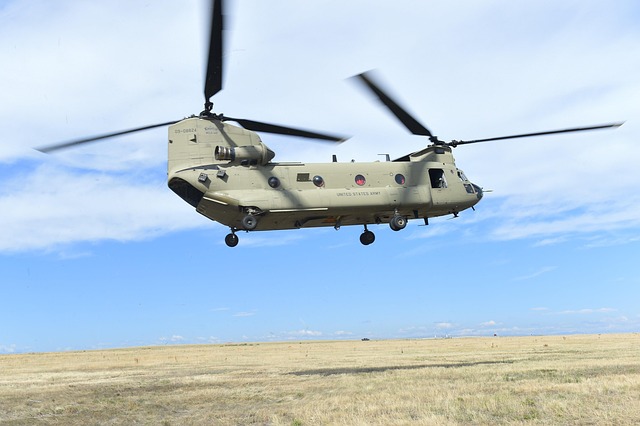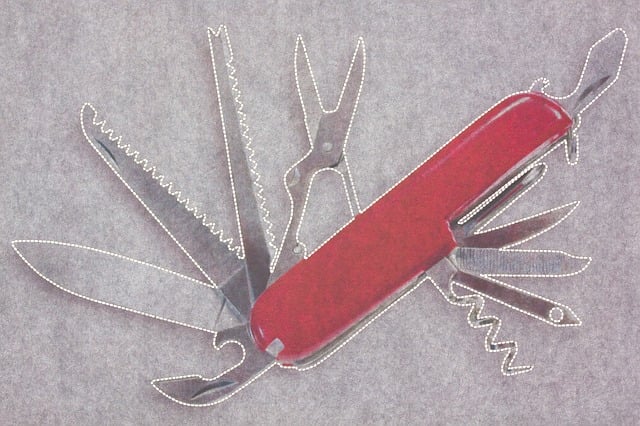The 1st Cavalry Division Ultimate Flags is a powerful symbol of American military heritage, showcasing the division's rich past and diverse campaigns from World War II to modern operations. The folding ceremony for this historic standard is a profound ritual that pays homage to bravery, loyalty, and sacrifice through specific folds and guided movements, fostering camaraderie and gratitude among attendees. This ceremonial expression connects the present to the past, honoring the 1st Cavalry Division's indelible impact on military history and fostering unity among military personnel and civilians.
“The folding of the 1st Cavalry Division Flag is more than a ceremonial act; it’s a profound expression of military heritage and camaraderie. This article delves into the rich history and symbolic meaning behind this revered tradition, from the flag’s inception as a symbol of courage to its intricate folding ritual. We explore how each fold conveys a powerful narrative, paying tribute to the division’s past battles and sacrifices. Moreover, we uncover the profound impact of this ceremony on military communities, where the folded flag becomes a tangible link to their shared legacy.”
- Understanding the 1st Cavalry Division Flag: History and Significance
- The Folding Ceremony: Traditions and Rituals
- Symbolism in Every Fold: Unveiling the Meanings
- Embracing Legacy: The Impact of the Flag's Folding on Military Communities
Understanding the 1st Cavalry Division Flag: History and Significance

The 1st Cavalry Division Flag holds immense historical and symbolic value, representing the pride and heritage of the United States military. This iconic standard has been a witness to countless battles and campaigns, serving as a symbol of courage and unity for the men and women who serve under it. The flag’s design incorporates elements that reflect the division’s rich history, including specific colors, symbols, and emblems that represent its various assignments and achievements.
The 1st Cavalry Division, nicknamed “The First Team,” has a long and distinguished past dating back to its activation in 1913. Throughout its existence, the division has been deployed across multiple conflicts, from World War II to modern-day operations. Each deployment has left an indelible mark on the flag, adding layers of meaning and historical significance. The design incorporates elements that pay homage to these missions, with unique patterns and colors representing the diverse terrains and challenges faced by the cavalry units.
The Folding Ceremony: Traditions and Rituals

The folding ceremony, a solemn ritual, is a powerful expression of respect and honor during events commemorating military service. When the 1st Cavalry Division Flag is folded, it’s not just a simple gesture; it’s a tradition steeped in symbolism. Each fold represents a value or principle upheld by the division—bravery, loyalty, duty, and sacrifice among others. This ritual involves precise movements guided by dedicated participants who understand the significance of every action.
The ceremony often includes recitations, songs, or prayers that further emphasize the profound meaning behind the act of folding. It’s a collective expression of gratitude for the service and sacrifices made by the 1st Cavalry Division, fostering a sense of camaraderie and respect among attendees. The careful and respectful folding of the flag is a time-honored tradition that continues to inspire and honor those who have served selflessly.
Symbolism in Every Fold: Unveiling the Meanings

The folding of a flag, particularly the 1st Cavalry Division Flag, is more than just a ceremonial act; it’s an art that conveys profound symbolism. Each fold carries a distinct meaning, meticulously designed to honor and represent the values and sacrifices associated with military service. As the flag is folded, it transforms from a vibrant symbol of freedom to a compact expression of respect and unity.
For instance, the first fold symbolizes respect for the United States Constitution, while subsequent folds pay tribute to the various branches of the military. The final fold, often accompanied by a salute or a pledge of allegiance, represents complete submission to God and pays homage to those who have given their lives in service. This ritual provides a deep connection between the present and past generations of soldiers, fostering a sense of unity and remembrance among participants and spectators alike.
Embracing Legacy: The Impact of the Flag's Folding on Military Communities

The folding of the flag, a solemn ritual performed during ceremonies across military bases, holds profound significance for those who serve and their families. It is more than just a gesture; it embodies the legacy and honor associated with service. When the 1st Cavalry Division Flag is carefully folded, it transports viewers to a realm of sacrifice, courage, and camaraderie—a symbol of the division’s rich history and the bonds forged by its members.
This ritualistic folding becomes a powerful connector to the past, fostering a sense of community among military personnel and civilians alike. It whispers tales of battles fought, missions accomplished, and lives changed. For military communities, the flag-folding ceremony serves as a reminder of the shared legacy they carry forward, instilling pride and a deeper understanding of their collective heritage.
The 1st Cavalry Division Flag, with its rich history and profound symbolism, is a powerful symbol of military heritage. The folding ceremony, steeped in tradition and ritual, not only pays tribute to past battles and victories but also serves as a poignant reminder of the sacrifice and bravery of those who served. Each fold reveals a layer of meaning, encapsulating the values and spirit of the division. This ceremonial act has a profound impact on military communities, fostering a sense of camaraderie, pride, and remembrance, ensuring that the legacy of the 1st Cavalry Division endures for generations to come.
